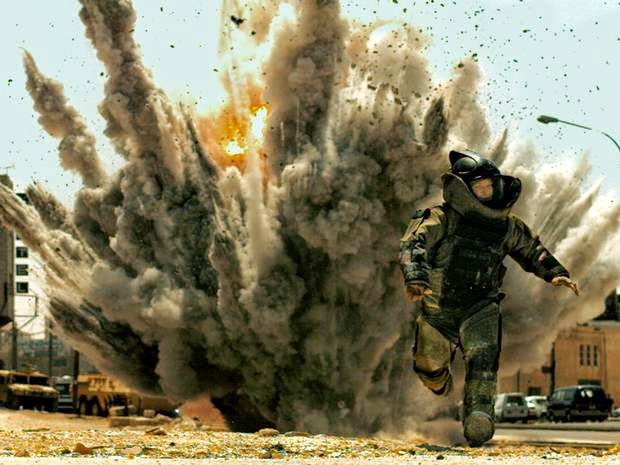Hello friends!
In this edition, first we want to share with you our latest discovery: The Objective, a nice photojournalism newspaper that daily shows you the most important news in 32 images. Captions are in Spanish, but as you well know images worth more than 250 characters. Have a look!
We also share three articles about Venezuela's sanctions, currency circus and its absurd prices in our News Section -even though technically these are not new! And speaking of expensive cities, Singapore the most expensive city in the world is been praised as an expat's paradise, discover why in our Design, Business & Innovation section. And also, have a read of this interesting short article in The Economist about the Sillicon Valley compulsion of building massive HQs that increasingly look less like office buildings and more like monuments to the ego of this new breed of tech pharaohs.
In an experiment that sounds like the summary of a Christopher Nolan film, scientists hope to create mini black holes and to make contact with parallel universes as soon as next week, according to a Next Nature Network's article. Read about it in our Science & Technology section.
In our Culture & Entertainment section, Tom McCarthy argues in The Guardian that if James Joyce were alive today he would be working for Google. Open Culture complied all the films available to watch legally and for free in the Internet from Cocteau and Buñuel to Chaplin and Keaton. At least 1000 hours of meaningful procrastination. Finally Björk's exhibition at MoMA, the chronicles of an embarrassing disaster via The Economist and The New Yorker.
Finally Culturetas's Yiyi Habib shares with us her impressions about Past Disquiet, an archival and documentary exhibition, currently in the MACBA (Museo de Arte Contemporáneo de Barcelona), that excavates the history of and around The International Art Exhibition for Palestine (Beirut, 1978). "It proposes a speculative history of politically engaged artistic and museographic practices in the milieu of the international anti-imperialist solidarity movement of the 1970s."
Hope you have nice plans for you Easter holidays, and if you happen to be in London, Paris, Madrid or Barcelona check out Minimaps, this new project have some nice crowd-sourced recommendations made lovely downloadable and printable maps that you can carry in your pocket or a notebook. amazing maps, if not, stay tuned because there are more cities coming: Buenos Aires, Sao Paulo, Sidney, Brussels, Miami and more! Visit Minimaps and get involved! (:
Happy April and happy meaningful procrastination!
























